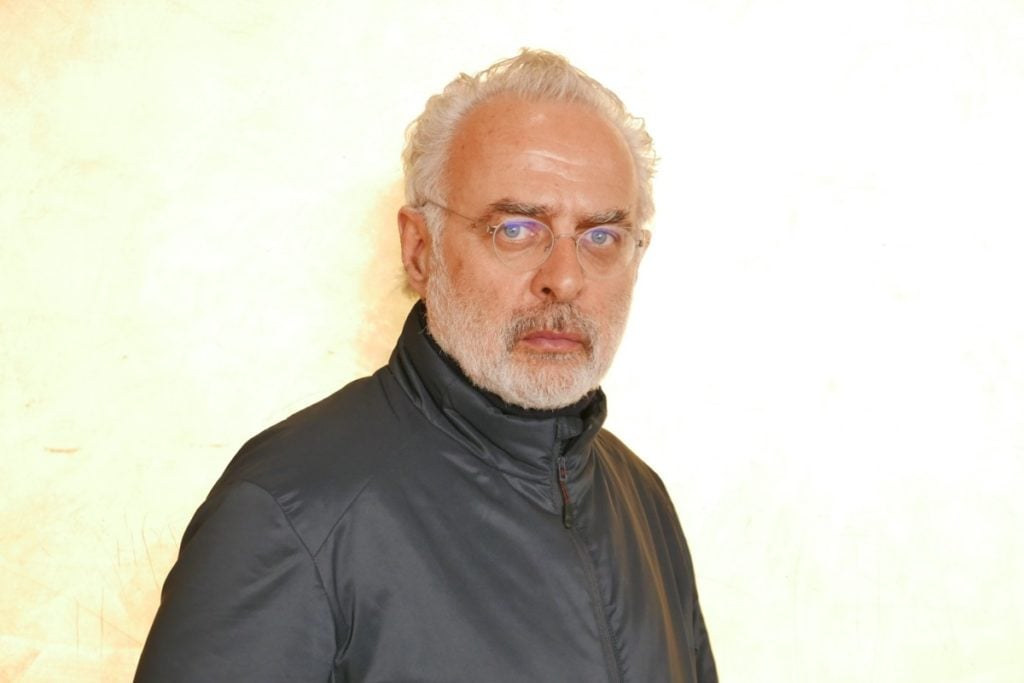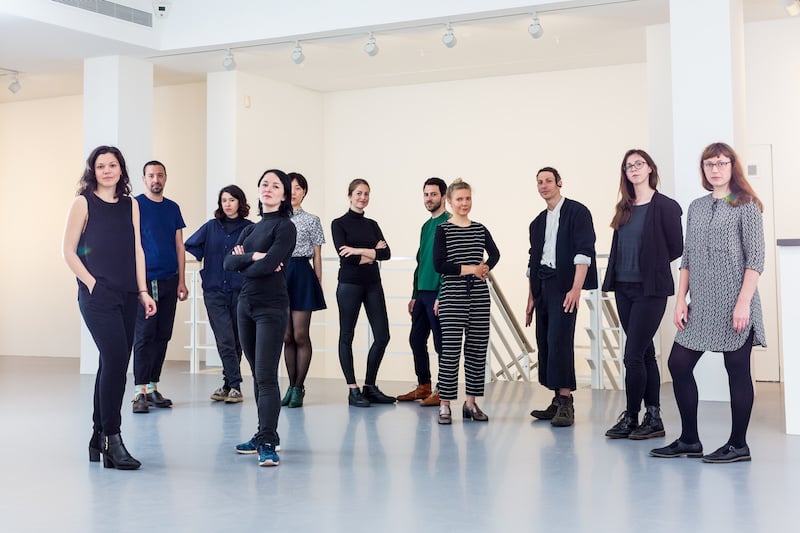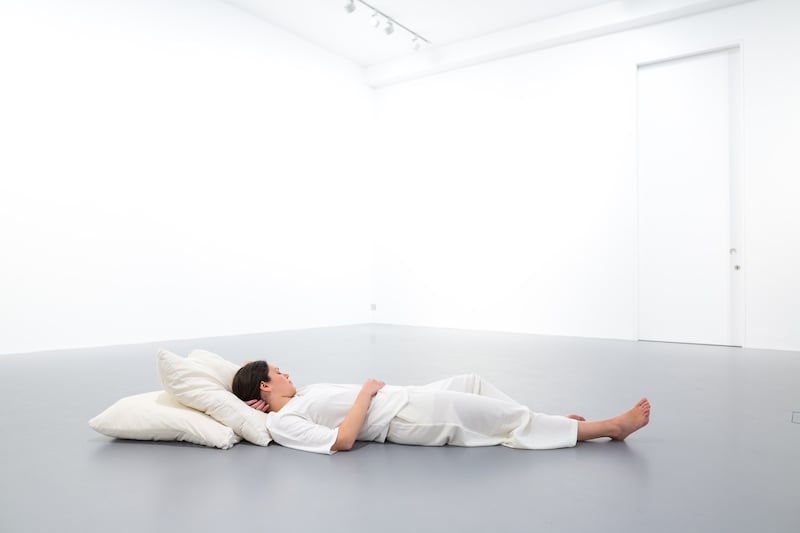Galleries
Francesco Bonami Says Curators Are ‘Self-Delusional’ and ‘Irrelevant’ in Today’s Art World
Are curators a dying breed?

Are curators a dying breed?

Henri Neuendorf

Is there still a place for curators in contemporary art? Highly specialized curatorial academics are increasingly being pushed to the fringes of the art world. For example, this year’s Berlin Biennale, is curated by the American artist collective DIS; similarly Manifesta, taking place in Zurich this year, will be curated by the German artist Christian Jankowski; whilst the upcoming Istanbul Biennial in 2017 will be curated by the artist duo Elmgreen & Dragset.
Even comedian Steve Martin curated an exhibition of the Canadian landscape artist Lawren Harris at the Hammer Museum, Los Angeles, which is now on view at the MFA, Boston, and will travel to the Art Gallery of Ontario.
Curating used to be reserved for specialized art historians, and although more and more art schools offer curatorial courses, the graduates of these programs are being overlooked in favor of artists and non-specialists. So what changed? We spoke to renowned Italian curator Francesco Bonami between commitments organizing Nahmad Projects’ first ever exhibition I am NOT tino sehgal, which opens on June 9.
Bonami addressed the decline of the role of the curator, how the art world has become boring, and the challenges he faced establishing himself as a star curator.

The shortlisted artists for I am NOT tino sehgal at Nahmad Projects, curated by Francesco Bonami. Photo: Benedict Johnson, courtesy Nahmad Projects, London.
What role does the curator play in the art world today?
We validate some kind of intellectual content that even the most callous dealer seems to need in order to maintain some kind of credibility. Art no matter which crazy value it can demand it’s still needed by society because of its content and the story it’s able to tell in order to make all of us forget that we do have—sooner or later—to die. Even if in the last novel by Don Delillo it looks like a good freezer could even change the inevitable…death. If that happens maybe curators will not be needed any longer.
How has the role of the curator changed in the last 10 years?
We became self-delusional main characters and at the same time totally irrelevant in relation to the market and the artists’ career.
Why are more and more curatorial jobs being filled by artists and non-specialists?
Because the art system has exhausted all the possible options to defy boredom.

Anna Fafaliou Sleep (2016). Photo: Benedict Johnson, courtesy of the artist and Nahmad Projects, London.
Are curators a dying breed in the contemporary art world?
I think we are like “painting” always on the verge to be declared dead but still quite alive. To create a good painting is very, very hard. The same can be said about being a good curator. It’s very hard not to become a parody of ourselves, our own Robert De Niro, playing De Niro, who’s playing De Niro. Just naturally be yourself. Maybe that’s the secret to not becoming extinct?
Has the rise of the so-called “star curators” prevented young, emerging curators from coming through?
I don’t think so. I assume I am, or I was considered a star curator. People like Massimiliano Gioni, Gary Carrion Murayari, Cecilia Alemani, Margot Norton and maybe a few others came out of my practice thanks to their own talent. If you are good you will be good no matter who’s in front of you. If you are bad you will always be bad, even if you have an empty motorway in front of you. I had ahead of me a generation of star assholes a wall of power hungry egomaniacs and I think I did okay anyway. I can’t complain. I was also lucky.
Do you think that art audiences today have less appreciation for thoughtful, and well curated exhibitions?
No I think art audiences have expanded immensely over the last 25 years so the challenge for us to be accessible is huge. Once as curators we were preaching to the converted. Whoever dared to say that an empty shoe box in a museum was a joke was considered an imbecile. Today if you are not able as a curator to articulate in a comprehensible language why the shoe box is a masterpiece YOU are the imbecile. So I don’t think it is the fault of the audience if they reject certain obscure encrypted exhibitions or works of art. If you are sincerely thoughtful people will think along with you.